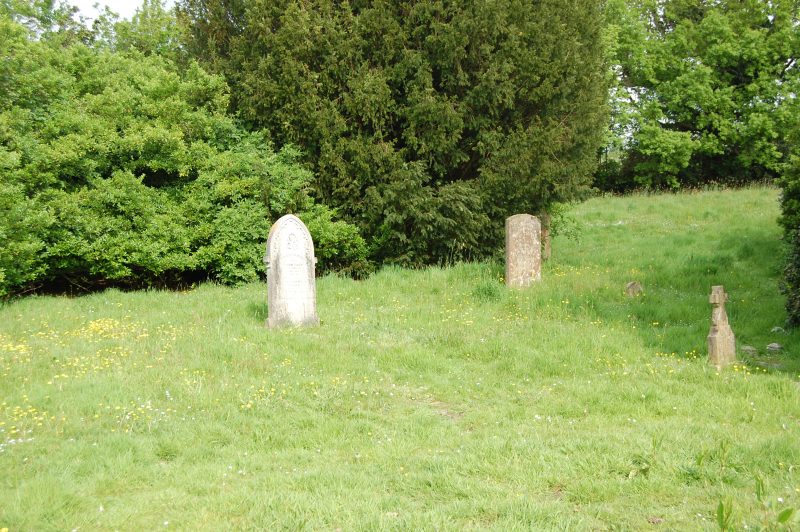The official unveiling of a Rye Workhouse memorial plaque will take place at Rye Cemetery on September 13 at 6:30pm. A special plaque has been designed to remember several hundred men, women and children who died in the adjoining Rye Union Workhouse in nearly 100 years from 1844 and were buried in unmarked graves in an apparently empty area of Rye Cemetery known as the Third Division.
Rye Foreign Parish Council funded the sign, which was designed by Kirsty Doherty of Pure Creative and made by Care Signs, both from Rye. Susan Booth, whose grandparents (Mr and Mrs Stan Murrell) worked at the workhouse, provided the photographs and Rosemary Burt, Cemeteries Officer of Rother Council, supplied details from the Burial Registers.
My interest in the Rye Union Workhouse began in 1992 when I surveyed the remaining buildings, by then a derelict mental hospital, and drew up plans for conversion to 16 social housing units, currently managed by Orbit Housing.
My interest was renewed when I regularly used the footpath through the Cemetery to visit the doctors’ surgery. I often wondered, like others, why there was a large field at the north east end of the cemetery, apparently empty apart from one military and a few civilian graves.
Luckily, Rother’s cemetery officer was there one day and I asked her. She explained that the area was in fact the Cemetery Third Division, full of unmarked graves of men, women and children who had died whilst living at the adjacent Workhouse. A visit to her office gave access to several large burial registers listing all the names, ages, etc. month by month, unfortunately not collated alphabetically, a task the officer, Rosemary Burt, is currently undertaking between her normal duties. These records will, when completed, be available online.
Alan Dickinson’s book “Around Rye in Old Photographs”, together with computer technology, came in useful in confirming the Workhouse story, the layout of graves (GoogleEarth) and lists of inmates every ten years in the England Census (Ancestry.com).
The idea of a memorial for these almost forgotten people was received positively by the Rye Foreign Parish Council, in whose Parish the cemetery and Workhouse are, and who have enthusiastically supported and funded the proposal at every stage over the last year, from concept, design, graphics and printing and manufacture. A key piece of research led to Susan Booth, who holds the archive of her grandparents, Mr and Mrs Stan Murrell, with interesting memoirs and photographs.
The history of Union Workhouses warrants another article, but it is fascinating how the 1834 New Poor Law Act set in train the building of similar workhouses, replacing Parish Poorhouses and serving several or tens of surrounding Parishes, every 20 miles or so throughout the British Isles, which remained as the last refuge for millions of destitute people, ‘deserving’ and ‘undeserving’ poor, for more than a century until the Welfare State was introduced in 1948. Many became NHS hospitals and within living memory the stigma and shame of going into a Workhouse continued.
[
Editor’s comment: The actual location and even existence of this burial site has been queried by local historian Alan Bolden
, writing recently in
Rye News although the information above seems fairly compelling]
Photo: Kenneth Bird



